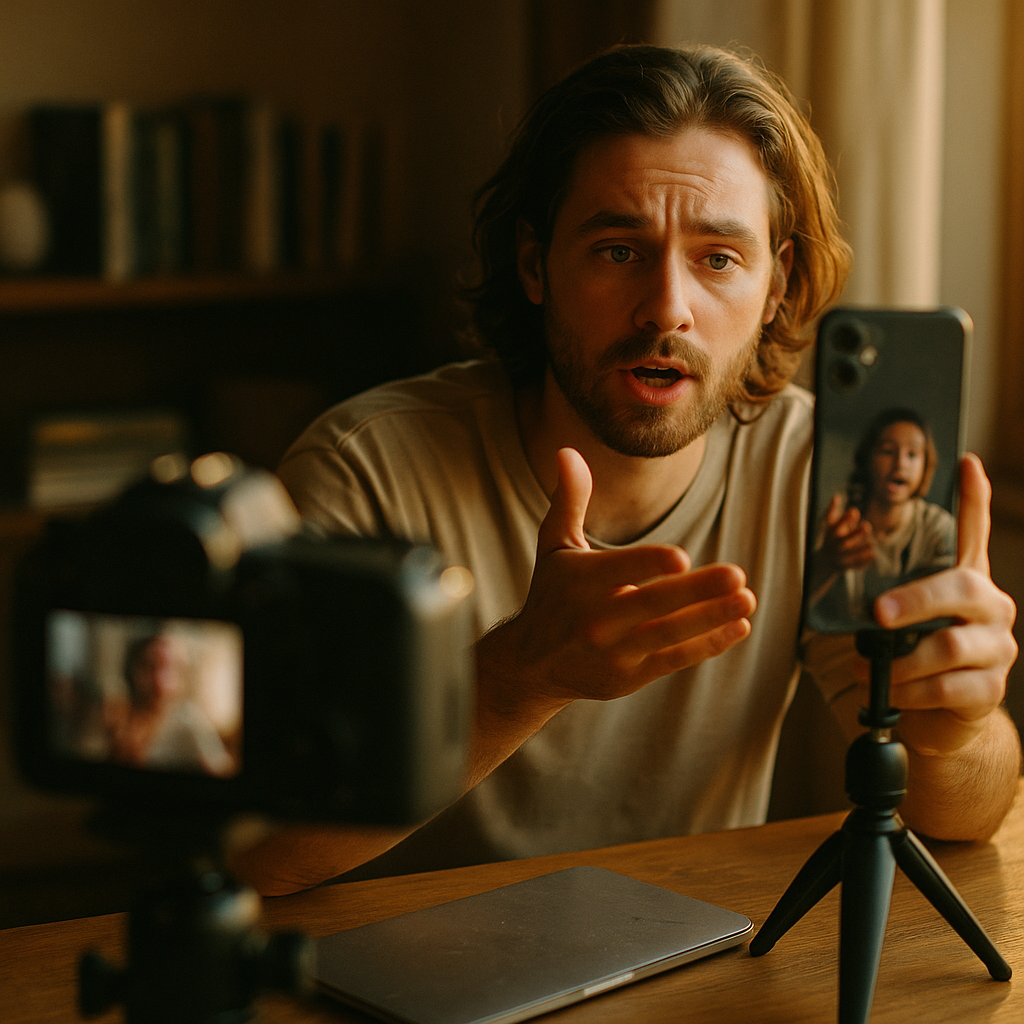The authenticity paradox challenges brands in 2025: why does highly polished content sometimes underperform, while raw, genuine posts excel? This primary keyword reveals a shifting digital landscape, pressuring marketers and creators to rethink their strategies. What hidden factors make “perfect” sometimes less effective? Let’s unpack the authenticity paradox and unearth its implications for impactful communication.
Understanding the Authenticity Paradox in Content Marketing
The authenticity paradox occurs when brands and individuals invest heavily in creating flawless, high-quality content, only to realize that more natural, less curated posts generate stronger engagement and trust. In 2025, viewers crave human warmth and relatability. Recent Adobe research found that 62% of consumers trust a brand more if its content feels authentic and transparent, while 77% disengage if they sense a lack of genuineness.
Contrary to past beliefs, polished visuals, scripted videos, and perfect graphics do not always translate to better performance. Instead, audiences seek creators and businesses who embrace imperfections, showcase behind-the-scenes moments, and admit mistakes. This shift highlights the critical need to strike a balance between quality and authenticity for successful digital strategies.
The Psychology Behind Authenticity and Content Engagement
Delving into the psychology of content engagement reveals why authenticity trumps perfection. According to Stanford professor Jeff Hancock, people can easily detect insincerity online, triggering distrust. Human brains are wired to value honesty, vulnerability, and relatability—traits often lost in overly-produced material.
Furthermore, numerous studies confirm that micro-expressions, spontaneous laughter, and unrehearsed conversations evoke a sense of connection. TikTok’s rapid rise owes everything to relatable, “in the moment” videos. As a result, users are far more likely to engage, comment, and share content that mirrors their own experiences or feels genuinely unscripted.
Social Platforms Reward Imperfect, Relatable Content
Social media algorithms in 2025 have grown increasingly sophisticated, prioritizing relatable content that inspires meaningful interactions. Instagram Reels, TikTok, and YouTube Shorts now analyze authenticity signals—from unscripted speech patterns to natural lighting and background noise. These clues indicate content is “real” rather than ad-like.
- Instagram’s CEO shared in early 2025 that reels featuring unfiltered moments see up to 42% more reach than heavily edited ones.
- TikTok’s For You Page leverages engagement metrics like authentic comments and shares over likes alone, favoring imperfect uploads.
- YouTube’s Shorts algorithm now factors in “average watch duration,” often higher for content that feels personal or improvised.
Ultimately, social platforms reward creators who lean into imperfection and community-driven storytelling, while over-produced posts are demoted or ignored.
Building Trust Through Transparent Brand Storytelling
Trust-building in 2025 depends on a brand’s willingness to share real stories, admit failures, and involve their audience. Transparency is no longer optional. Spotify’s viral “Day in the Life” campaigns, as well as Glossier’s customer-powered social feed, offer striking examples. Instead of hiding challenges, these brands let users in on the process, which strengthens emotional bonds.
Key practices for transparent storytelling:
- Share behind-the-scenes—offer glimpses of product development, internal meetings, or team culture.
- Celebrate mistakes and learning moments—openly discuss setbacks, what was learned, and how changes were implemented.
- Feature customer voices—give the mic to users with unfiltered reviews, stories, and user-generated content.
This approach not only fuels loyalty but also enhances credibility across all marketing channels.
When and How to Balance Polish with Spontaneity
So, does production quality have no value in 2025? Not quite. The trick is mastering the balance between polished content and spontaneity. Thoughtful video editing, strong audio, and branding should not disappear. Instead, prioritizing substance over style and weaving authenticity throughout are key.
Here’s how leaders strike this balance:
- Reserve high polish for cornerstone content—think product launches, core explainer videos, or campaign landing pages.
- Use “lo-fi” storytelling for community updates, quick Q&As, or behind-the-scenes moments.
- Incorporate user-generated content to break up marketing-heavy assets.
- Edit less, even in formal posts—allow laughter, small stumbles, and unpolished dialogue to stay.
Done well, this combined approach keeps your audience engaged, while maintaining a professional brand image where it matters most.
Measuring the Impact: Engagement Metrics and Brand Loyalty
Performance measurement in content marketing has evolved. In 2025, marketers analyze not just views and likes but also comments quality, direct shares, and “repeat engagement” metrics. Recent HubSpot data shows that brands mixing authentic, lower-production content with occasional high polish see a 33% lift in average engagement time and a 25% increase in customer retention rate.
Track these signals to verify if authenticity is working for your brand:
- Growth in genuine comments and conversations (not just emojis or generic responses)
- Higher direct-to-inbox messages following relatable posts
- Rising shares among micro-communities and user groups
- Return visits to your content hub or social profile
These metrics indicate not only visibility but deeper trust and brand affinity fueled by authenticity-first strategies.
FAQs on the Authenticity Paradox and Content Performance
-
What is the authenticity paradox in digital marketing?
The authenticity paradox describes how extremely polished, curated content can backfire—prompting skepticism or apathy—while more genuine, less edited content often attracts better engagement and trust from audiences.
-
Why does over-polished content underperform?
Audiences today quickly detect staged or overly edited messaging. This dampens relatability and trust, making viewers less likely to engage, share, or return.
-
How can brands appear authentic without sacrificing professionalism?
By combining light editing with honest storytelling, sharing behind-the-scenes moments, featuring customer voices, and being transparent about missteps while ensuring core brand assets remain high-quality.
-
Which content types benefit most from spontaneity?
Social stories, Q&A sessions, live streams, customer testimonials, and “day in the life” snippets excel when kept raw and natural.
-
What metrics should I watch to gauge authenticity’s impact?
Monitor comment quality, share rates among niche communities, direct interactions (messages/DMs), and repeat engagement over time.
The authenticity paradox teaches that people crave connection, not perfection. In 2025, blending polished content with openness and realness builds lasting relationships, strengthens engagement, and keeps brands relevant. Prioritize meaningful sharing over flawless production and watch your presence—and loyalty—thrive.
